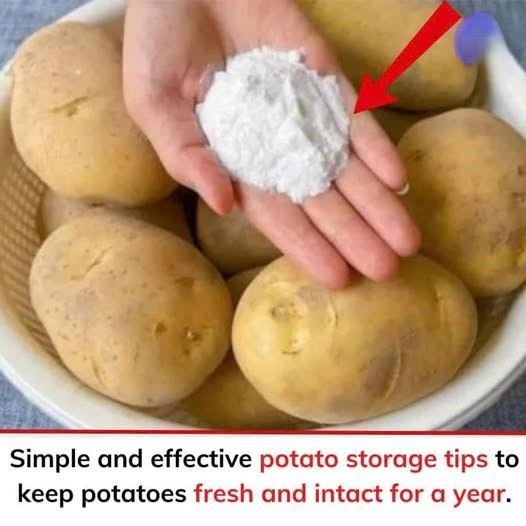-
Sprouting: Small sprouts can be removed; large multiple sprouts indicate the potato should be discarded.
-
Softness and Wrinkles: Shriveled or soft potatoes have lost too much moisture.
-
Mold or Black Spots: Any sign of mold or rot means the potato is unsafe to eat.
-
Green Skin: Indicates solanine, a toxic compound that can cause nausea and digestive issues.
4. Bonus Tip: Freeze Potatoes for Extra Longevity
Raw potatoes don’t freeze well due to high water content. Blanching before freezing preserves them.
How to freeze potatoes:
-
Peel and cut into pieces.
-
Boil for 3–5 minutes (blanching).
-
Drain and cool completely.
-
Store in airtight freezer bags and freeze.
Frozen potatoes are perfect for mashed potatoes, soups, or stir-fries and can last up to 10–12 months.
Conclusion
By following these simple techniques—controlling temperature, humidity, and light exposure, and using salt, sand, or sawdust—you can keep potatoes fresh for months or even up to a year. Next time you stock up, these tips will help reduce waste and ensure you enjoy fresh potatoes all year round.
ADVERTISEMENT

